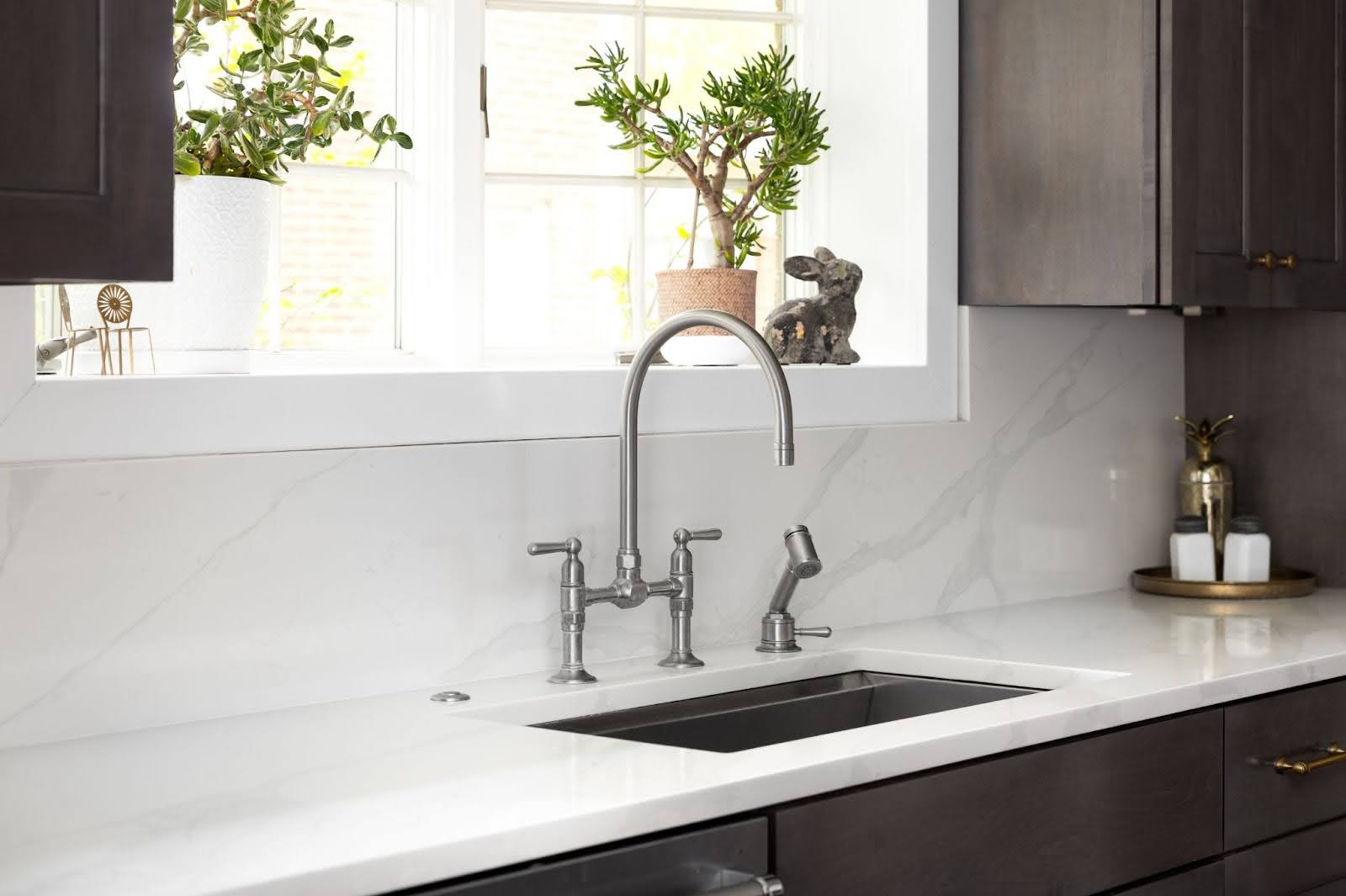
Sustainability in the construction industry has been a hot topic issue worldwide in recent years. Many of the traditional materials that developers have used over the years are incredibly resource-intensive and leave a large carbon footprint. Traditional cement and timber are just two examples of this.
As a response to the environmental impact of the construction industry, many developers are turning to longer-lasting, more environmentally friendly materials. In this article, we'll take a closer look at some of the best materials to use when designing for longevity and sustainability.
Marble
For many years, marble has been a staple for those looking to build long-lasting homes. Besides its obvious aesthetic appeal, marble is among the most durable materials out there. When marble fixtures do suffer damage or wear and tear, they're usually easy to repair. For instance, you won't have any difficulty finding marble benchtop repairs in Melbourne if you're based here.
Besides being good for the environment, marble can also add a touch of luxury to any home. After all, there's nothing like a marble walkway, pillars or dining table to signify elegance and class. Marble also comes in a wide range of colours, from whites to greens to browns, and can be used in any part of the home.
While many view marble as being expensive, it actually comes in a wide range of prices. No matter how much you’re looking to spend, there's sure to be an option on the market that suits your budget and tastes.
Smart Concrete
Concrete has been a staple in the construction industry since time immemorial, thanks to its versatility, durability and relatively low cost. Unfortunately, concrete is a poor choice as far as sustainability is concerned: cement production is responsible for a whopping 8% of global CO2 emissions.
Today, new forms of smart concrete are entering the market that give construction companies and homeowners all the benefits of traditional cement without some of the environmental drawbacks. Many types of smart concrete have self-repairing properties, allowing them to last longer without needing to be replaced. This lessens the overall demand for concrete production. Moreover, some forms of smart concrete are partially made of recycled materials like plastic and glass, which supports a circular economy.
New, innovative smart materials are making their way into our cities and homes, and the environment is better off for it. Whether you're a construction business or a new homeowner looking to build a house, consider smart concrete as an alternative to traditional options.
Bamboo
Bamboo has long been heralded as the building material of the future, and we’re finally seeing Aussie developers realising its potential. Bamboo makes for a sustainable alternative to traditional wood thanks to its impressive rate of growth (some forms of bamboo can grow around a metre a day!), easy harvesting and reduced need for water.
Bamboo also absorbs CO2 in the atmosphere far more effectively than timber, even after being cut and turned into a building material. This helps improve the air quality in your community. Developers also love bamboo for its versatility: natural bamboo has been used for everything ranging from flooring to scaffolding. What’s more, some species of bamboo have also been genetically engineered for sturdiness and can be used to build posts and foundations.
If the sustainability benefits of bamboo aren’t enough, there’s also the fact that it’s among the cheapest building materials on the market, so it’s perfect for those looking to build a house on a budget. Thanks to the ease of growing and harvesting bamboo, suppliers can sell it for a much lower rate than most forms of traditional wood. This price will only go down as bamboo sees even more widespread adoption around the world.
Reclaimed Timber
If you love the look and feel of timber but want a more sustainable option, reclaimed timber might be the answer. This material is salvaged from old buildings, furniture or even wharves, giving it a second life instead of letting it end up in landfill. Because it's already been exposed to the elements, reclaimed timber tends to be more durable and stable than freshly milled wood.
Beyond its strength, reclaimed timber also brings a unique charm to your home. No two pieces are the same; one tells its own story, with knots, grains and imperfections that can’t be replicated. Whether used in flooring, beams or feature walls, reclaimed timber is perfect for those who want to combine sustainability with a warm, natural aesthetic.
While sourcing and preparing reclaimed timber may take a bit more time, the payoff is worth it.
Not only does it reduce demand for newly harvested wood, it adds character and longevity to your home in a way that’s hard to beat.
PVC
Polyvinyl chloride, or PVC, is a synthetically produced plastic polymer that’s seen widespread adoption in construction. This versatile material has been used for everything from water pipes to outdoor fencing and even flooring.
PVC’s key selling point, and the reason it’s being used the world over, is its durability. PVC does not rot, corrode or decay, meaning that homeowners can go years without having to replace or repair it. PVC also has the added benefit of being recyclable.
Many consumers associate sustainability with higher cost. This isn't the case when it comes to PVC: if you're looking to build a home that's durable, eco-friendly and affordable, there are few better options. Reduce your environmental footprint and lengthen the lifespan of your home by incorporating PVC into your design.
Hempcrete
Hempcrete might sound like something out of a sci-fi novel, but it’s quickly gaining popularity as a go-to sustainable building material. Made from the woody core of the hemp plant combined with lime and water, hempcrete creates a lightweight, insulating material that’s ideal for non-structural walls and insulation.
One of hempcrete’s biggest draw cards is its environmental impact, or lack thereof. The hemp plant absorbs large amounts of CO2 during its rapid growth cycle, and even after being turned into building material, it continues to store carbon. That makes hempcrete a carbon-negative option (something few materials can claim).
Besides being good for the planet, hempcrete is breathable, fire-resistant, pest-resistant and naturally regulates humidity. It’s a smart choice for anyone building a sustainable home from the ground up, especially those looking to improve indoor air quality and energy efficiency over the long term.
The Lasting Impact of Sustainable Choices
Over the years, the construction industry has contributed massively to the rise in CO2 in the atmosphere. This is largely down to the use of materials that need to be replaced on a regular basis and use plenty of carbon to manufacture.
Thankfully, there are plenty of materials available in Australia and around the world that are both durable and environmentally friendly. Some of these materials have been around for ages, while others have only recently seen more widespread adoption among Aussies.
In this article, we've taken a deep dive into some of these sustainable building materials. Consider using marble, smart concrete, bamboo or PVC for your next building project to reduce your environmental footprint and build a house that will stand the rest of time.







